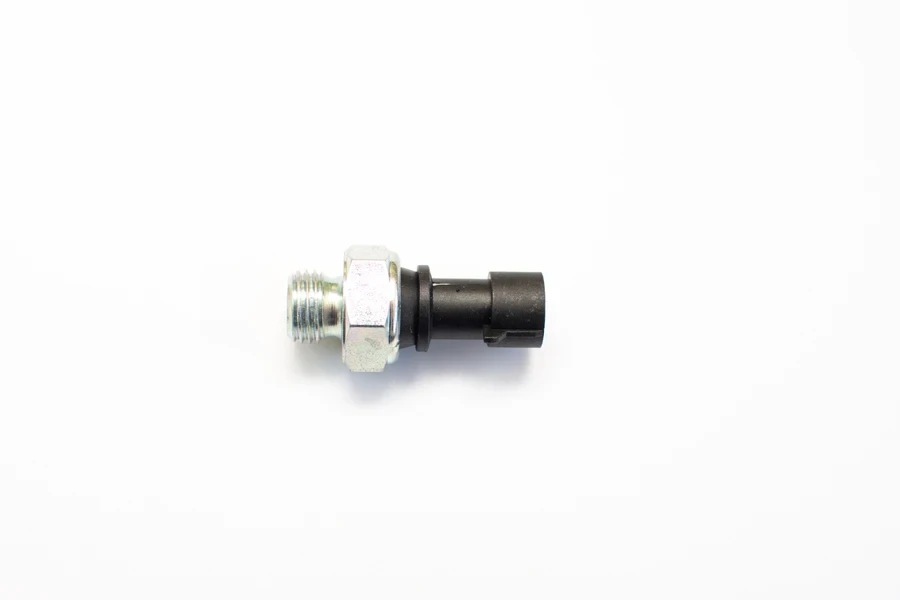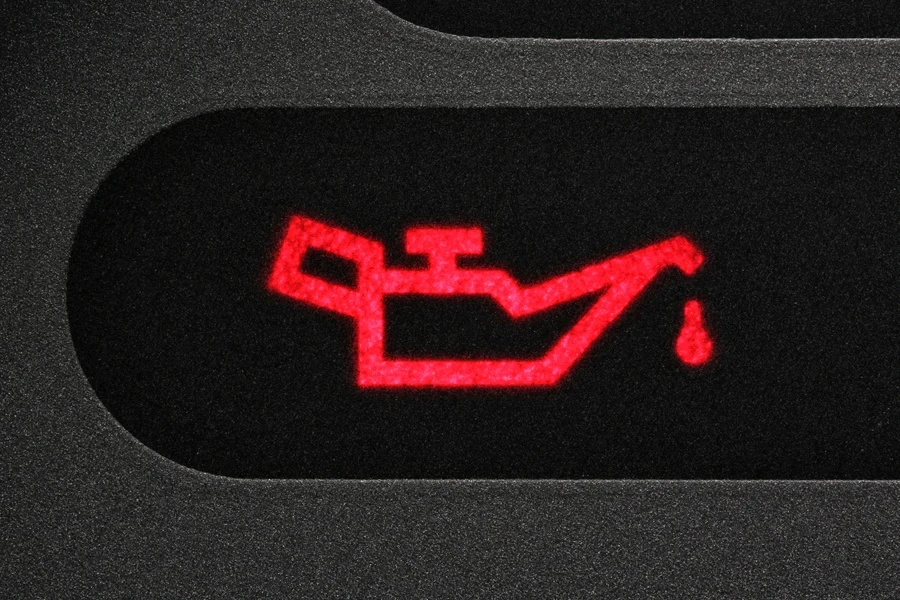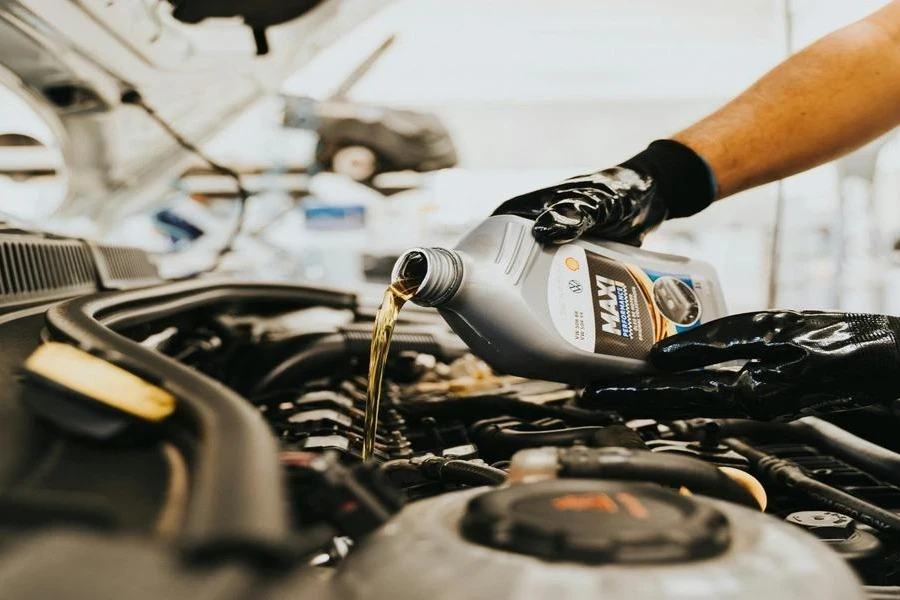Behind every smooth ride is a well-maintained and at the heart of that maintenance is something most drivers don’t think much about: the oil pressure sensor.
While it might sound technical to most drivers, this small component plays a huge role in keeping their engine running smoothly. Ignoring it can lead to costly surprises.
Stocking essential components like oil pressure sensors, alongside other popular vehicle parts and accessories, can open up new revenue streams and meet the rising demand from car owners and DIY mechanics alike.
This article will give a brief overview of oil pressure sensors, including their key functions, signs that they need replacing, and how to replace them safely. So, let’s get started!
Table of Contents
Market overview
What is an oil pressure sensor?
Difference between an oil pressure sensor and an oil pressure switch
Signs of a faulty oil pressure sensor
Inaccurate reading
Blinking oil light
Unusual noises
The car won’t start
Check engine light
Replacing an oil pressure sensor
Step 1: Have the necessary tools
Step 2: Locate the sensor
Step 3: Disconnect the electrical connector
Step 4: Remove the sensor
Step 5: Install the new sensor
Step 6: Reconnect the electrical connector and test the sensor
Maintaining oil pressure sensors and switches
Summing up
Market overview

Global Market Insights reports that the engine oil pressure sensor market was valued at USD 3.5 billion in 2023 and is projected to grow at a compound annual growth rate (CAGR) of 4% between 2024 and 2032, to reach a projected value of USD 5.1 billion.
The significant rise in vehicle production in emerging markets, especially developing countries, has led to a demand for aftermarket auto parts, increasing the demand for oil pressure sensors and switches.
On the other hand, as the vehicles manufactured age, they will require maintenance, which will increase the market’s growth.
Technological advancements in the automotive industry are also contributing to the increase in demand for engine oil pressure switches and sensors. The move towards electric and hybrid vehicles has led to the integration of advanced pressure sensors, increasing the market growth.
What is an oil pressure sensor?

An oil pressure sensor is an electric component in a car’s engine that monitors oil pressure. It is also known as the oil pressure switch or sender and is located near the oil filter or along the oil passage.
Its primary function is to provide the driver with real-time information about the engine’s oil pressure. It is crucial as adequate oil pressure is essential to lubricate the engine’s internal components properly.
When a vehicle’s oil pressure is low, it sends a signal that triggers a warning light on the dashboard.
Difference between an oil pressure sensor and an oil pressure switch
While many interchangeably use the terms oil pressure sensor and oil pressure switch, they are two different components.
Oil pressure sensors work by giving the driver real-time information about the engine’s oil pressure. They measure the oil pressure and send a signal to the engine control unit (ECU), which displays the oil pressure reading on the dashboard. The sensor has a pressure-sensitive element that converts the oil pressure into an electric signal.
On the other hand, an oil pressure switch turns on the warning light when the oil pressure drops below a predetermined level. It has a diaphragm mechanism that activates when the oil pressure changes. When the oil pressure goes below the threshold, the switch completes an electric circuit with a warning light or alarm.
Signs of a faulty oil pressure sensor

Your customers will complain when their oil pressure sensors are faulty. Some of the signs they should look out for include:
Inaccurate reading
When an oil pressure sensor is faulty, the oil pressure warning light may illuminate on the dashboard—even if the engine has sufficient oil, as verified with a dipstick. An inaccurate oil pressure reading indicates the sensor has an issue and needs replacing.
Blinking oil light
If the oil light keeps appearing and disappearing on the dashboard, the car’s oil pressure sensor may be faulty. The oil pressure light should come on when one starts the car. If it comes on after some time of driving and disappears, the oil pressure sensor is faulty and needs to be changed immediately.
Unusual noises
The oil pressure sensor may be faulty if the oil pressure light comes on in the dashboard and is accompanied by strange ticking noises. If the noises are present, even if the oil level is correct, they may have a faulty oil pump, and one needs to check it before driving.
The car won’t start
While the oil pressure sensor sends signals to the engine control unit, a vehicle that won’t start may be caused by a faulty oil pressure sensor. If the ECU gets mixed signals, it may not allow the vehicle to start.
Check engine light
If the oil pressure sensor is faulty and sending mixed signals to the ECU, it may light up the check engine warning light to alert the driver of a potential problem. Many things can activate the check engine light. Advise your customers to have their vehicle diagnosed when it has a check engine light to pinpoint the actual problem.
Replacing an oil pressure sensor

As a retailer, knowing how to replace an oil pressure sensor to guide your customers is essential. Here are a few simple steps to follow when replacing an oil pressure sensor for DIY enthusiasts.
Step 1: Have the necessary tools
Before starting a replacement, one should have the necessary materials, such as the new sensors, wrench, and socket set.
Step 2: Locate the sensor
The oil pressure sensor is located near the oil filter or in the engine block. Customers should refer to their vehicle’s user manual for the right location.
Step 3: Disconnect the electrical connector
Carefully disconnect the electrical oil pressure sensor connector when removing the oil pressure sensor to avoid damaging it.
Step 4: Remove the sensor
Use the right wrench and socket set to dismount the oil pressure sensor from its location. One should be careful not to damage any of the surrounding components.
Step 5: Install the new sensor
Install the new pressure sensor in the same location as the old sensor. Be careful not to damage the other components, and use the right wrench to secure it. Ensure you don’t over-tighten it.
Step 6: Reconnect the electrical connector and test the sensor
Carefully reconnect the electric connector to the new oil pressure sensor. Start the engine to check whether the warning light shows or the oil pressure readings are correct.
Maintaining oil pressure sensors and switches

Maintenance plays a huge part in the longevity and functionality of a vehicle’s engine components. Here are a few tips to help your customers maintain their oil pressure-sending units and switches.
- Regular oil changes: Regular oil changes prevent sludge and debris build-up in the oil system, which may clog the oil sensors.
- Use high-quality oil and filters: High-quality oils and oil filters reduce the chances of oil contamination and prolong the sensor’s lifespan.
- Inspect for leaks: Inspect the oil system for leaks, as they can compromise the functionality of the oil pressure sensors and damage them.
- Follow the vehicle manufacturer’s recommendation: One should follow the vehicle manufacturer’s recommendation on the right oil and the intervals to change the oil and filters.
Summing up
Oil pressure sensors are an important component in ensuring the engine’s safety and functionality. For small businesses and retailers, having high-quality oil pressure sensors in their inventory will help build customer trust and tap into a growing market.
Having a clear understanding of how the sensors work, how to replace them when faulty, and guiding your customers will put you ahead of the competition. It shows your customers are a trusted go-to source for oil pressure sensors, which creates customer loyalty.



